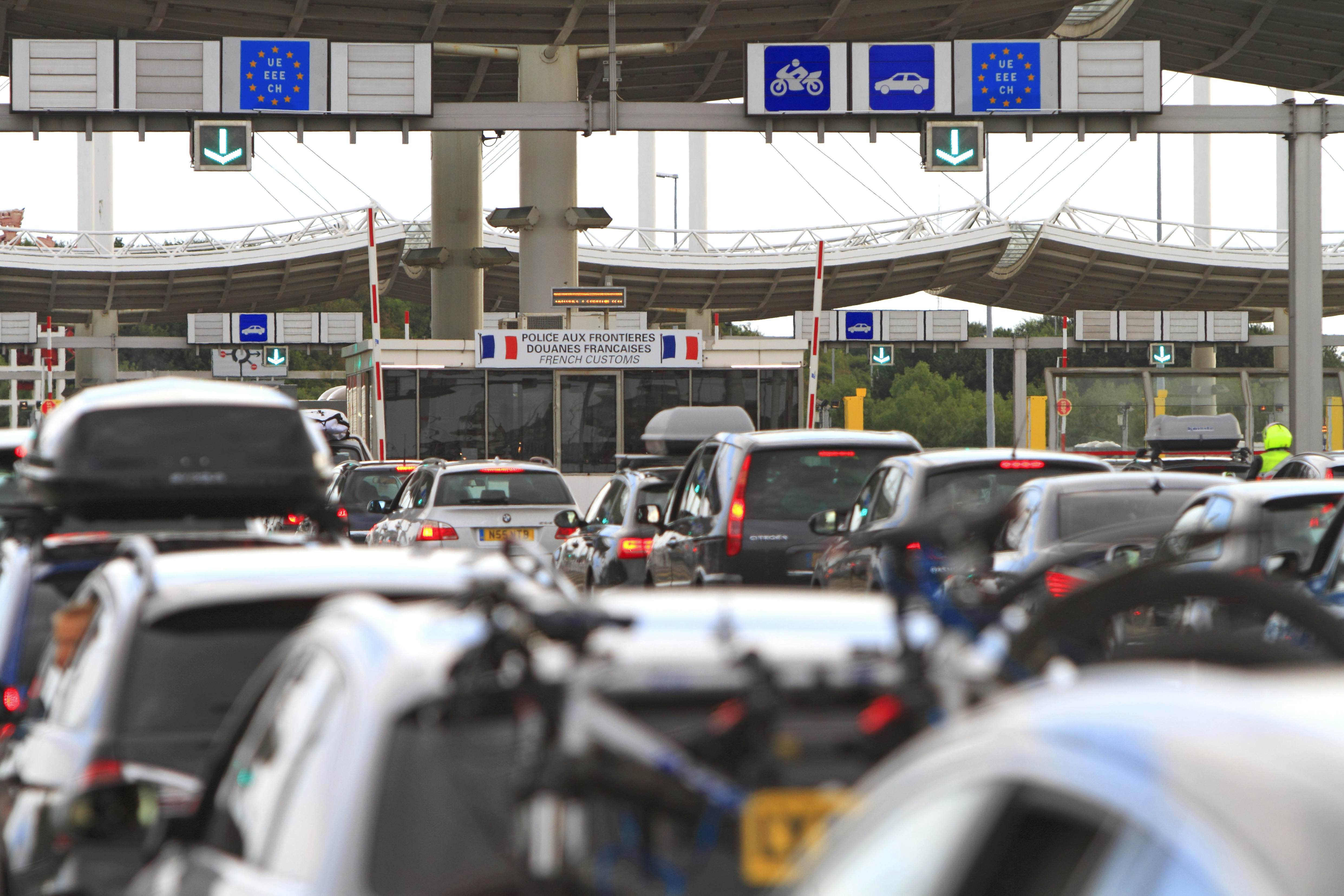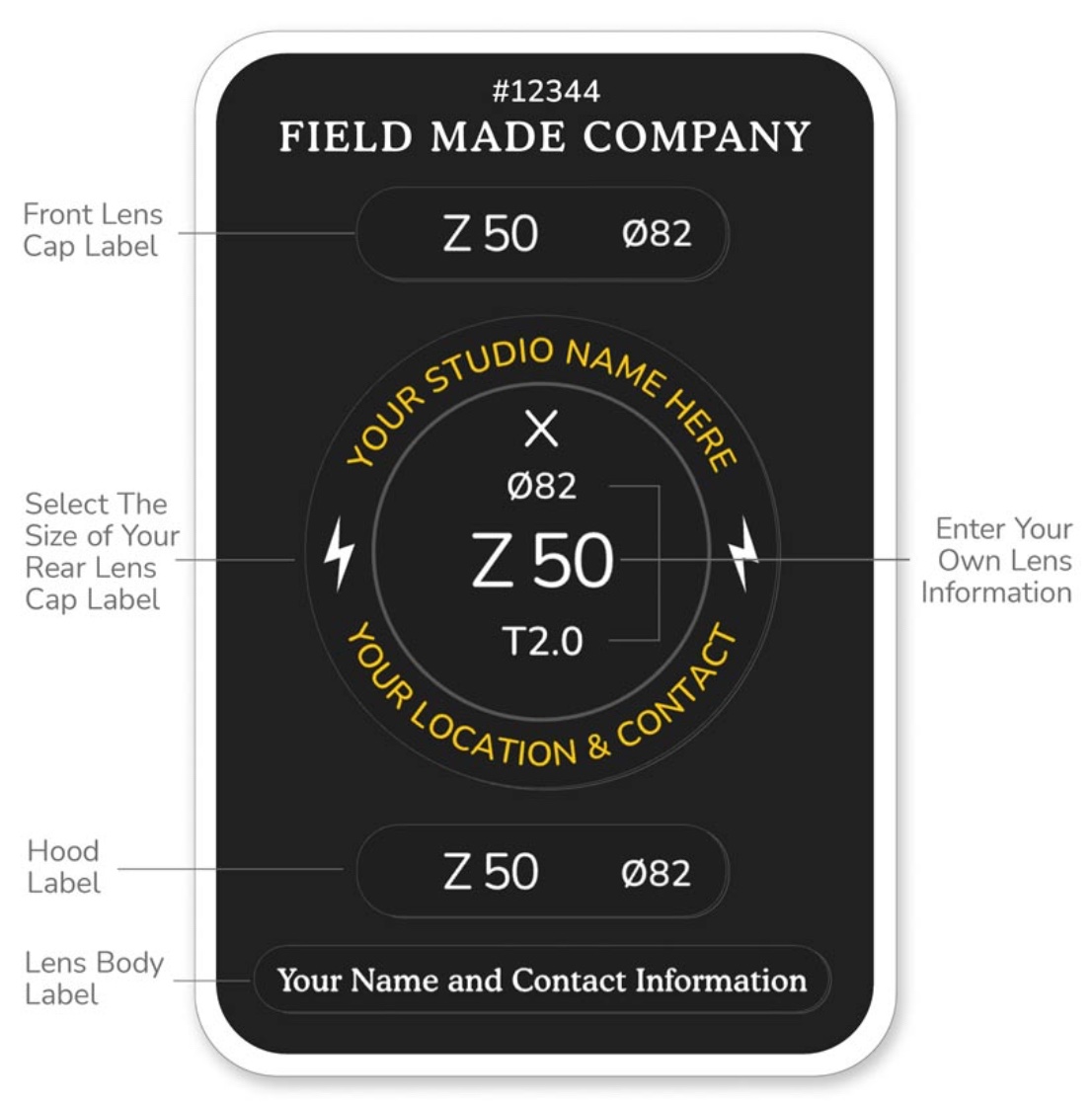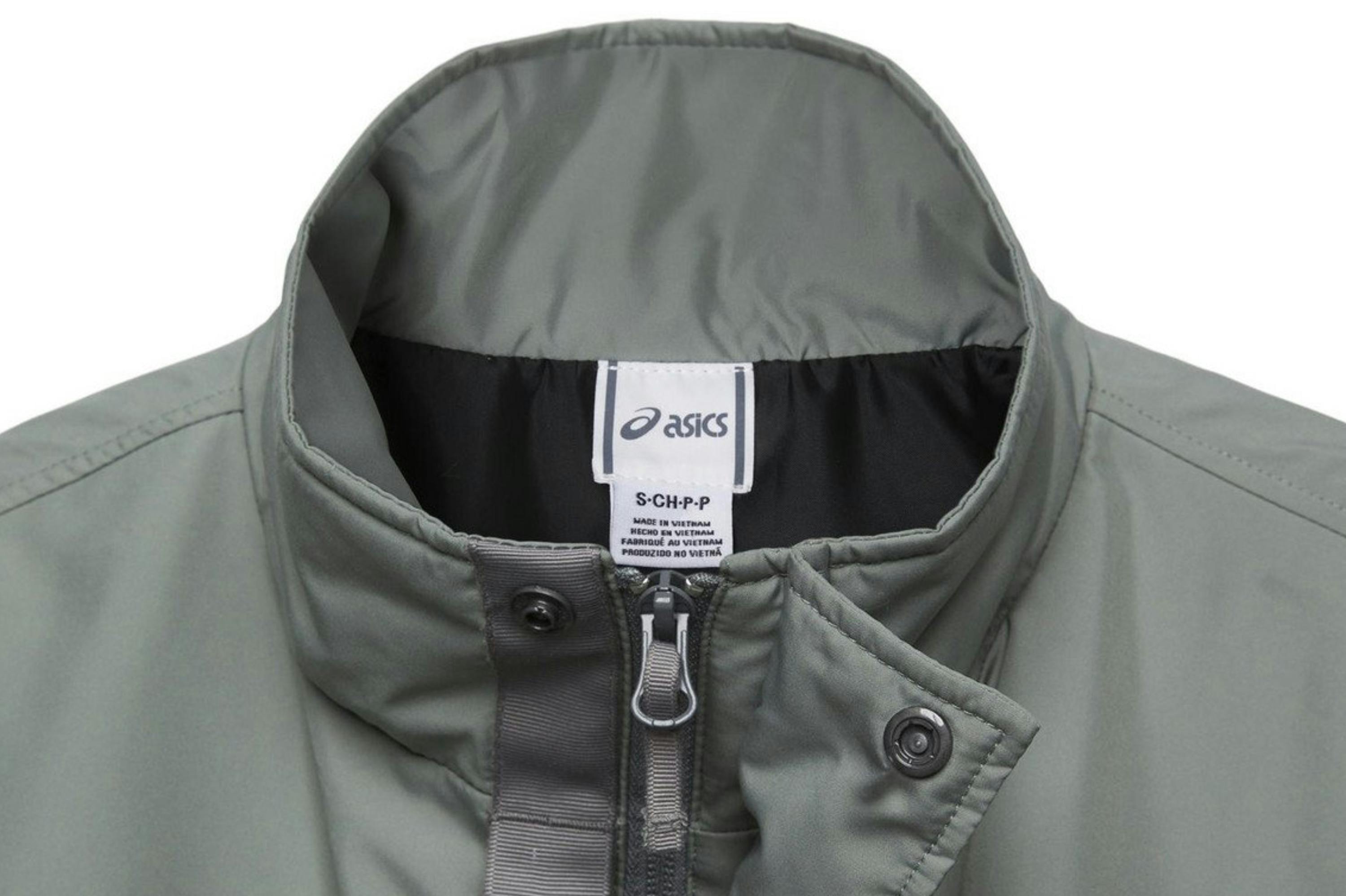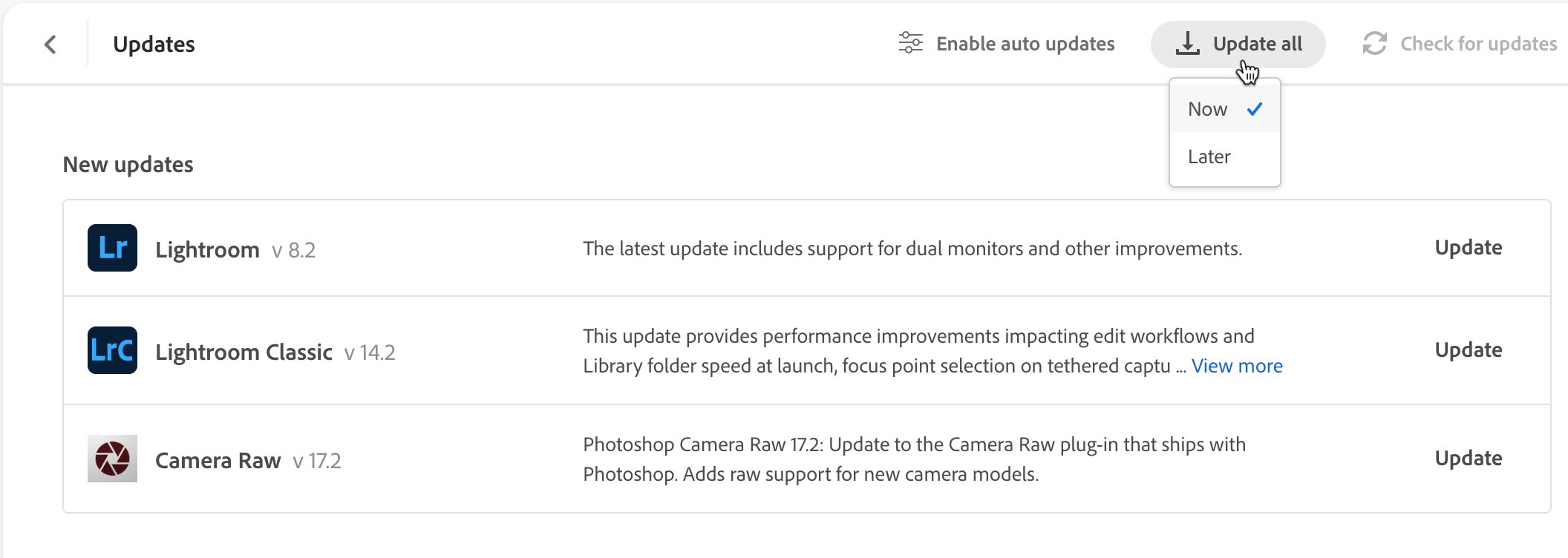Updated timeline for Europe's new entry requirements
Learn about the ETIAS visa waiver and biometric border checks coming to Europe.

Planning a dream trip to Europe? Be aware that entering Schengen (the border-free zone within Europe) will be changing, but not as soon as previously thought.
After multiple delays, the new entry system (EES) will be launched in October 2025. However, the EU's much-misunderstood visa-waiver program (ETIAS) is now set to become operational much later, in 2026 (we've lost count of how many times this has been pushed out but it was originally scheduled to launch in 2021).
It’s all pretty technical but is not as complicated as it seems. Here’s what to know – and how it might impact your trip.
What is EES?
The first step on the road to ETIAS is the introduction of the EES (biometric entry-exit system), which will log when non-EU citizens enter and exit the Schengen zone, allowing the authorities to track overstayers more easily. After multiple delays, this is currently scheduled to come into force in October 2025. The EU has announced it will take a "phased approach" to implementation rather than an all-at-once rollout .
Non-EU travelers will have their fingerprints taken and be photographed at the border the first time they cross into Schengen after the roll-out. To manage initial congestion, the EU plans to implement a "safety valve" system where potentially as few as one in 10 travelers may need to undergo biometric registration in the early weeks and months. 
What is ETIAS?
ETIAS – which stands for European Travel Information and Authorisation System – is the forthcoming visa-waiver system to enter the Schengen area in Europe, slated to start operations in the last quarter of 2026. Contrary to what many people think, this is not a visa – rather, it’s for people whose passport means they don’t need a visa to enter the EU.
Think of it as a pre-check – it’s for the authorities to run background checks and pre-authorize you to enter the bloc before you travel. In essence, it’s just like the ESTA (Electronic System for Travel Authorization), which was introduced by the US in 2008. Also like ESTA, it’s not a guarantee that you can enter the bloc – you still have to comply with entry regulations on the day.
What's the main difference between EES and ETIAS?
In short, EES just logs your movements; ETIAS gives you the right to make those movements.
Who is impacted?
Travelers from the 60 countries that currently can enter Europe’s Schengen area without a visa must apply for ETIAS. This includes citizens from the US, Canada, Brazil, Australia and Japan. It also applies to European countries that are neither in the EU nor Schengen, such as the UK, Montenegro, Ukraine and Bosnia and Hercegovina.
Thirty European countries will require visitors to sign up for ETIAS – a full list is on the official website and it’s best to double-check your destination, since the differences between the EU and Schengen can get a little complicated.
There are different rules for the EU and Schengen zone
Essentially, ETIAS applies to the Schengen zone, which is not quite the same as the EU. Schengen is made up of all but two EU member states (Cyprus and Ireland), plus four non-EU countries: Switzerland, Iceland, Norway and Liechtenstein. All of these will require ETIAS.
Incidentally, Cyprus will require ETIAS, but Ireland will not. So, visit Iceland (not in the EU) and you’ll need ETIAS; but you can go to Ireland without it, despite Ireland being in the EU. Just to be more complicated, neither Cyprus nor Ireland are introducing EES (biometric entry-exit system) border checks.
EU citizens and documented residents don’t need to apply for ETIAS. Neither do travelers from countries that require a visa to enter Schengen – they still need a visa. For more information see the EU’s official website.
When does ETIAS take effect?
While ETIAS was initially planned for the first half of 2025, it is now likely to launch at the end of 2026, as confirmed by the European Commission. It likely won't impact your travel plans until early 2027.
What do travelers need to do now?
Unless you're super organized and are planning a trip for 2027, you can hold your horses – applications for ETIAS are nowhere near open yet so you don't have to think about it at all. The EU has confirmed that "no action is required from travelers at this point".
Once they are – and things may change by then – you will have to pay a €7 (US$7.18) processing fee. Make sure you apply through the official EU site, not third-party websites that will charge an extra fee and may not be so tight on data-handling.
The online application should be a simple form, similar to the ESTA. In addition to data about yourself and your passport, you'll need to give your occupation, education level, and details of any criminal convictions or travel to war zones. Criminal record declarations will cover the past 10 years (20 years for terrorism-related offenses).
Your application will be automatically checked against several security databases, including Europol, Interpol and a special watchlist for certain individuals. If refused, you can appeal the decision or apply for a travel authorization with limited territorial validity.
You'll also need to list the country of your intended stay and address of your first destination. However, this isn't set in stone – you can change your plans after obtaining the ETIAS, if you need, according to the EU's website. (Side note: You should go ahead and book your trip now. ETIAS has been delayed multiple times so don't wait to receive authorization before buying those flights.)
ETIAS will be valid for three years or until your passport expires – whichever comes first – with unlimited entry and exits. As with regular travel to the EU, your passport must be under 10 years old and have more than three months' validity left.
Each ETIAS is only valid for one person, so families will have to make multiple applications.
How will this impact your next trip to Europe?
Again, it's not something you have to consider for a long time. And when it does kick in, it won't impact your travel plans too much. In fact, once you’ve applied, having ETIAS authorization shouldn’t affect your travels at all – since it’s valid for multiple entries you won’t have to reapply (or provide destination details) for every trip, and because it covers Schengen you can border-hop without issue.
The introduction of EES is a different story, however. Even with the phased approach, expect longer processing times at borders. The EU has emphasized that attempting to cross borders without ETIAS "could have serious consequences, including denial of entry to the Schengen member country."








































































































































































![Everything Patrick Schwarzenegger Cooks in a Day [Exclusive]](https://cdn.apartmenttherapy.info/image/upload/f_auto,q_auto:eco,c_fill,g_auto,w_660/k/Design/2025/03-2025/k-cooking-diaries-patrick-schwarzenegger/cooking-diaries-patrick-schwarzenegger-lead)































































































